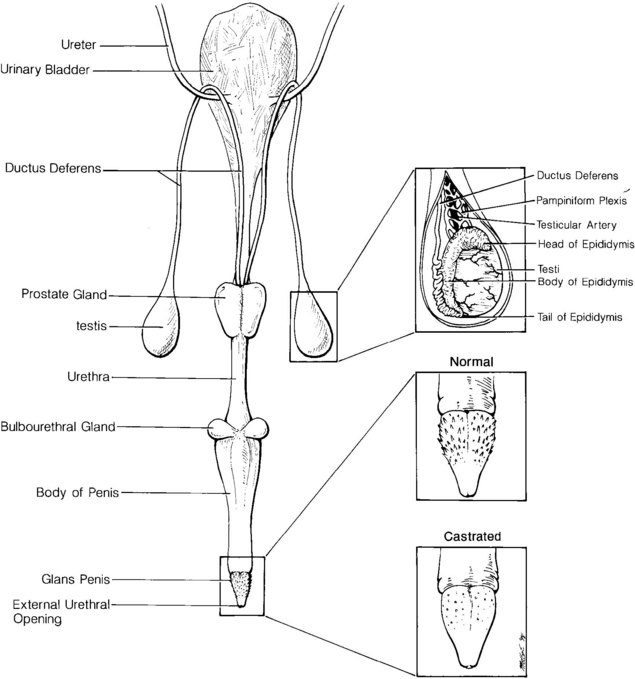
The world of feline companions can be fascinating, filled with unique behaviors and characteristics. One aspect that often sparks curiosity is the anatomy of male cats. While many cat owners are familiar with their furry friends’ playful personalities and adorable antics, understanding the intricacies of their reproductive system can provide valuable insights into their overall health and well-being. This article delves into the fascinating world of male cat anatomy, specifically focusing on the penis and its role in their lives.
This comprehensive guide will explore the structure of the male cat penis, its function during mating, the reproductive cycle, and potential health concerns associated with this delicate organ. By shedding light on these aspects, we aim to empower cat owners with a deeper understanding of their feline companions’ anatomy and promote responsible pet care.
Male Cat Penis Anatomy
The penis in male cats is a complex structure designed for efficient reproduction. It consists of several key components: the glans (the tip), the shaft, and the root, which anchors it to the body. The glans is covered in sensitive tissue that plays a crucial role during mating.
Unique Features
Unlike humans, male cats have a retractable penis. This means they can retract their penis into their body when not engaged in mating. This retraction mechanism is controlled by muscles and allows for efficient movement and protection of the delicate organ. The shaft of the penis is also covered in spines, which help to stimulate the female cat during mating.
Size and Appearance
The size of a male cat’s penis varies depending on factors such as breed and age. Generally, larger breeds tend to have proportionally larger penises. The color of the penis can range from pink to light blue.
Function of the Penis in Cats
The primary function of the penis in male cats is reproduction. During mating, the penis is extended and inserted into the female cat’s vagina. This allows for the transfer of sperm, which fertilizes the eggs within the female’s reproductive system.
Sperm Transfer
The spines on the shaft of the penis help to stimulate the female cat during mating, triggering a reflex that aids in sperm transfer. The male cat typically mates with multiple females throughout his life, ensuring genetic diversity within the population.
Reproductive Cycle and Mating
Male cats have a continuous reproductive cycle, meaning they are capable of mating year-round. However, their fertility levels fluctuate depending on factors such as seasonality and environmental cues.
Hormonal Influence
Testosterone plays a crucial role in regulating the male cat’s reproductive cycle. High testosterone levels stimulate sperm production and drive mating behaviors. During mating season, male cats may exhibit increased vocalization, spraying urine to mark territory, and heightened aggression towards other males.
Health Considerations for the Penis
While generally robust, the penis can be susceptible to certain health issues.
Urinary Tract Infections (UTIs)
UTIs are common in both male and female cats and can affect the urethra, which is part of the urinary tract that passes through the penis. Symptoms include frequent urination, straining to urinate, blood in the urine, and pain or discomfort during urination.
Trauma
The penis can be injured during fights with other cats or accidents. Trauma can result in bleeding, swelling, and difficulty urinating.
Conclusion
Understanding the anatomy and function of the male cat penis is essential for responsible pet ownership. By recognizing the unique characteristics of this organ, potential health concerns, and the reproductive cycle, owners can provide optimal care for their feline companions. Regular veterinary checkups are crucial for detecting any abnormalities or addressing potential health issues promptly. Remember, a well-informed owner is best equipped to ensure the health and happiness of their beloved cat.
